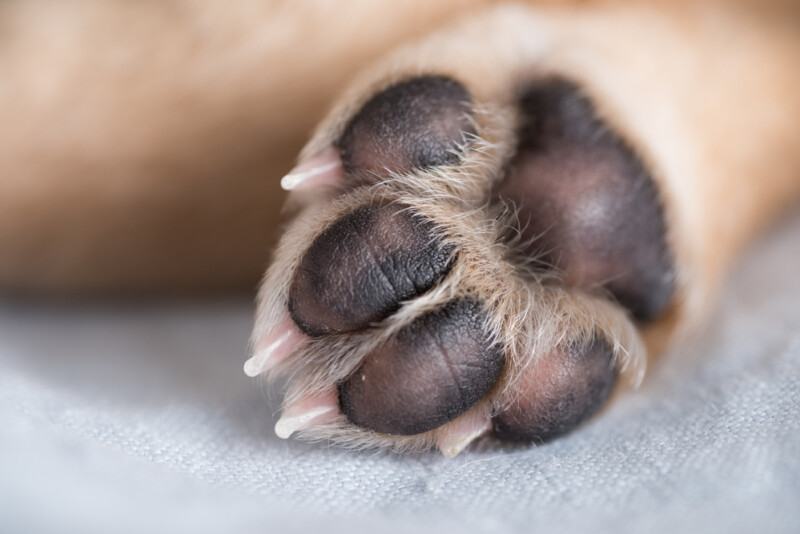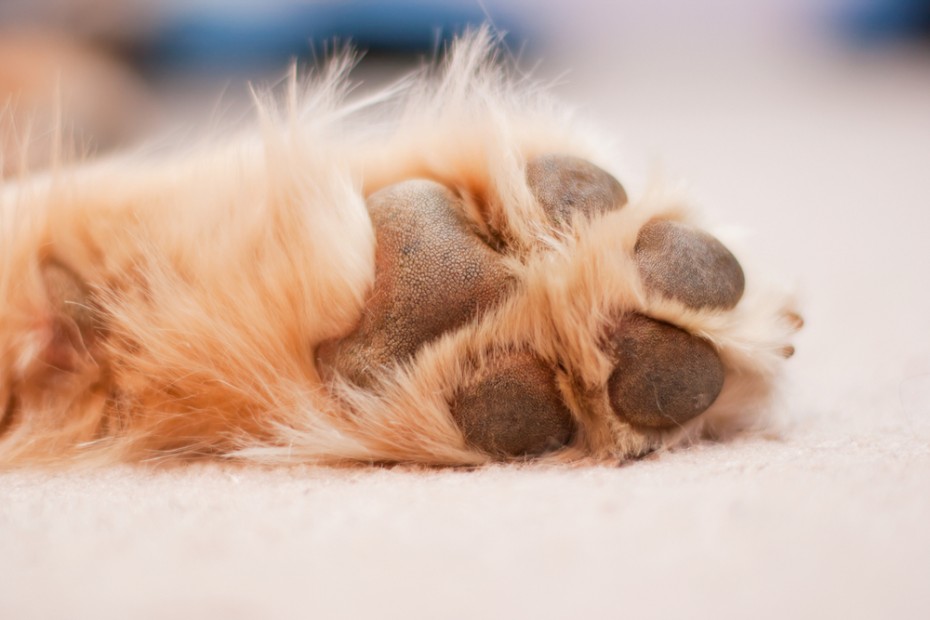Our furry friends bring joy and companionship into our lives, but sometimes their health issues can leave us perplexed. One common problem that dog owners may encounter is the presence of paw scabs. These mysterious scabs can appear out of nowhere and leave us wondering what could be causing them. In this captivating blog post, we will dive into the world of dog paw scabs, exploring the potential causes and offering valuable insights to help you understand and address this issue. Get ready to discover the hidden secrets behind your dog’s paw scabs!
Paw Anatomy: A Closer Look at Our Dogs’ Feet
Before we unravel the mystery of paw scabs, it’s essential to understand the intricate structure of our dogs’ paws. We’ll explore the layers of skin, pads, and nails, uncovering how they contribute to our canines’ overall health and well-being. By gaining a deeper understanding of paw anatomy, we can better comprehend the potential factors that lead to scab formation.

Common Causes of Paw Scabs
There are several factors that could be responsible for the appearance of scabs on your dog’s paws. We’ll examine each potential cause in detail, including:
- Allergies: Dogs can develop allergic reactions to environmental factors, such as pollen or certain types of grass, which can lead to itchy paws and subsequent scabbing.
- Infections: Bacterial or fungal infections can cause irritation, inflammation, and scab formation on the paws. We’ll discuss the signs to look out for and how to address these infections effectively.
- Injuries: Paw scabs can also be a result of injuries, such as cuts, scrapes, or burns. We’ll provide guidance on identifying the source of the injury and offering proper care to promote healing.
Underlying Skin Conditions
Sometimes, paw scabs can be a symptom of an underlying skin condition. We’ll explore common dermatological issues, such as dermatitis, mange, or autoimmune disorders, that could manifest as scabs on your dog’s paws. Understanding these conditions will help you work with your veterinarian to diagnose and manage any potential skin issues your dog may be facing.

Environmental Factors and Paw Scabs
Environmental factors can play a significant role in the development of paw scabs. We’ll discuss how extreme weather conditions, such as hot pavement or icy surfaces, can cause paw pad irritation and subsequent scab formation. Additionally, we’ll explore the impact of chemicals, like deicers or lawn care products, on paw health and what precautions can be taken to minimize their effects.
Treating and Preventing Paw Scabs
Once you have identified the cause of your dog’s paw scabs, it’s essential to take appropriate steps to address the issue and prevent future occurrences. We’ll provide practical tips and advice on how to treat and care for your dog’s paws, including proper hygiene, moisturizing, use of protective boots, and avoiding potential triggers. Remember, prevention is key to maintaining healthy paws!
When to Seek Veterinary Assistance
While many cases of paw scabs can be managed at home, there are instances where veterinary assistance is necessary. We’ll highlight the red flags to watch out for, such as excessive bleeding, severe swelling, or signs of pain, which may indicate a more serious underlying problem. Consulting with your veterinarian will ensure that your furry friend receives the proper care and attention they deserve.
Conclusion
Paw scabs can be a frustrating and concerning issue for dog owners, but armed with knowledge and understanding, you can play an active role in addressing and preventing them. By familiarizing yourself with paw anatomy, identifying potential causes, and taking appropriate measures to care for your dog’s paws, you can help them lead a comfortable and scab-free life. Remember, when it comes to your dog’s health, their paws are the foundation of their well-being!


